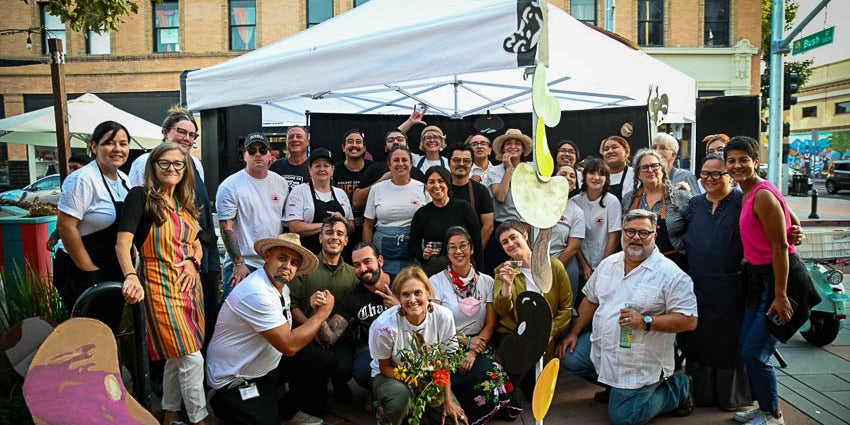The Rancho Gordo Story

You Can Blame it All on the Dutch
I was shopping one August for tomatoes and, despite Napa being one of the world's most magnificent agricultural regions, all the tomatoes were from a hothouse in Holland! Worse, they were hard and pale pink instead of the ripe tomatoes I was craving. I started to grow my own tomatoes and this eventually led to beans.
My first harvested heirloom bean was Rio Zape. They were pretty and easy to grow but I had no idea what to expect when I cooked them. They were similar to the pintos I liked but there was so much more going on. Hints of chocolate and coffee mixed with an earthy texture made my head spin. I was blown away by Rio Zape and the other heirloom beans I was growing, but also really confused why they were such a big secret. I took the beans to the farmers market, organizing things on my kitchen table. Soon there was a warehouse, followed by more markets and mail order. It seems we had struck a nerve. People agreed that heirloom beans were worth saving, growing and cooking. Currently our warehouse, a retail shop, and offices are in Napa, California, and a stop here is part of many tours of the wine country.
All of my agricultural pursuits have been based on being someone who likes to cook but gets frustrated by the lack of ingredients, especially those that are native to the Americas. One of the things that originally drew me to beans was the fact that they are indigenous to the Americas. It seems to me these indigenous ingredients should be familiar, if not common. American cuisine is re-inventing itself and I'd love to include ingredients, traditions and recipes from north and south of the border as part of the equation. I love the concept of The Americas. I feel as if it's just as important as the European heritage many of us share.
You can read more about the Rancho Gordo story here.




